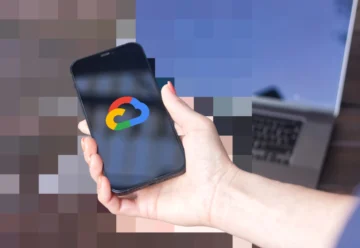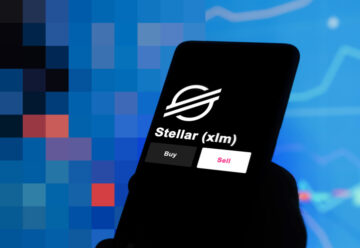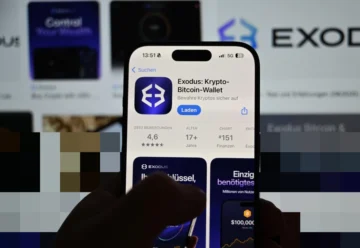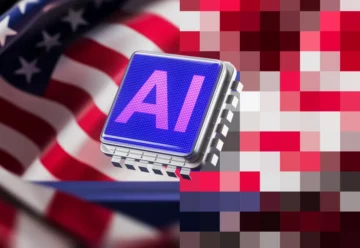Circle Develops Recoverable Blockchain Transaction Mechanism

Circle developers have unveiled a groundbreaking concept called Recoverable Wrapper Tokens (RWT) that will make blockchain transactions reversible. The solution is intended to improve the security of digital assets.
Circle, a global FinTech company and issuer of the USD Coin (USDT) stablecoin, in collaboration with applied cryptography experts from Stanford University, has presented a white paper of a new technical solution — Recoverable Wrapper Tokens (RWT). According to the paper, this innovative product is aimed at reducing risks and increasing user confidence in blockchain.
A special RWT mechanism wraps ERC-20 tokens, creating an extra layer of security that doesn’t change the underlying token. Thus, the solution allows the owner to recover lost or stolen assets within a certain time frame after their transfer.
The Recoverable Wrapper Tokens (RWT) mechanism consists of the following steps:
- Wrapping. The mechanism creates an additional layer around ERC-20 tokens, leaving the token code unchanged.
- Recovery. After transferring the assets wrapped with RWT, the recipient won’t be able to use them during the time period prescribed in the code. During this time frame, the sender can initiate a refund.
- Refund. If during the allotted time period the owner discovers that the assets have been stolen, for example, they can initiate a return procedure. The assets can be returned to the owner automatically.
The RWT configuration implies that developers can customize the functionality of the solution by changing:
- the period within which transactions can be canceled, e.g., 24 hours or three days;
- an arbitration system to resolve disputed cases;
- the rules and conditions of token transfers.
This approach makes RWT a more flexible tool that can be adapted to different needs and usage scenarios. The solution’s open source code is available on GitHub.
To ensure the liquidity of wrapped tokens, Circle developers introduced the R-Pool model, whose main mechanisms enable to:
- exchange wrapped tokens for underlying assets of the ERC-20 standard;
- determine the exchange rate via the Automated Market R-Pool, which works similarly to AMM and assesses the risk of token return based on the transaction history of the address requesting the exchange;
- assess the return risk of wrapped tokens independently through the Order Book R-Pool, which specifies all records of the liquidity provider.
The primary objective of the R-Pool model is to ensure that ERC-20 tokens wrapped with RWT are interoperable with existing DeFi protocols.
Circle is actively exploring the Web3 sector, providing developers with ready-made solutions and toolkits for creating Web3 apps. Earlier, a group of researchers from Stanford University proposed a concept that theoretically enables freezing and returning transactions within the Ethereum network.











